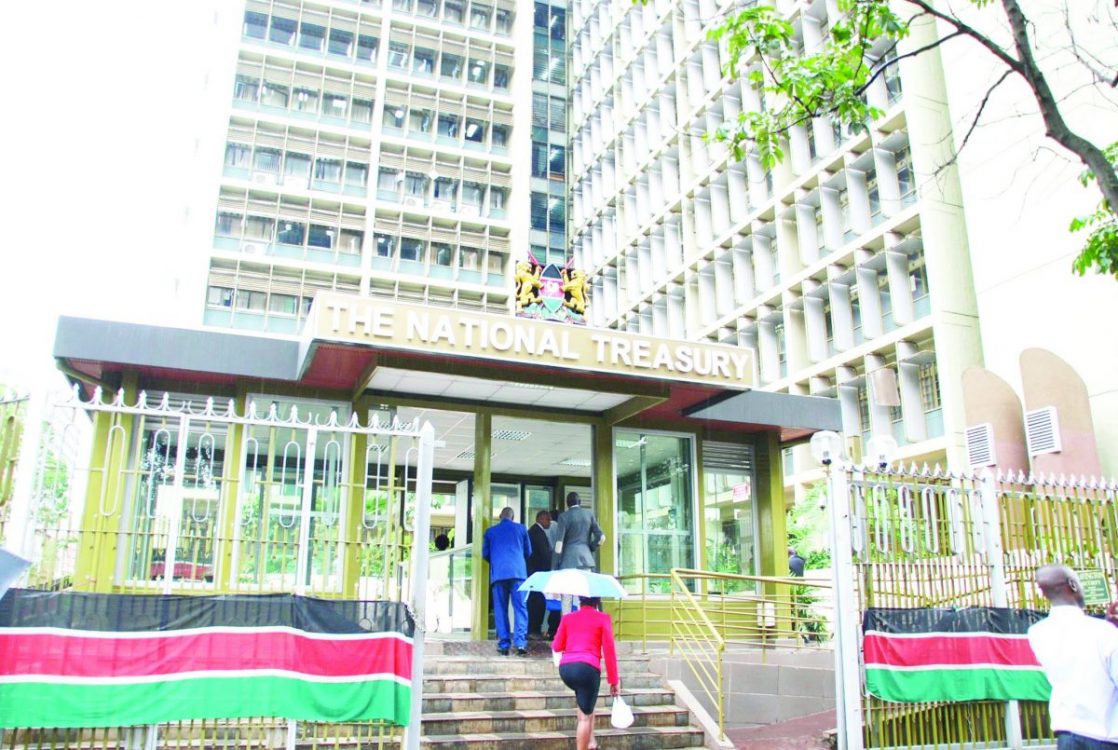Treasury feels the pinch of rate hike, pays Sh106b
By Herald Aloo, December 13, 2023The government is feeling the pinch of the Central Bank of Kenya’s (CBK) aggressive move to raise the key lending rate as the National Treasury now spends more to settle loans from local banks and other financial institutions.
The interest rates charged by commercial banks have been rising in tandem with the hiked CBK benchmark rate, which rose to 12.5 per cent at the end of November from the previous 10.5 per cent that existed since June 2023.
According to Monetary Policy Committee (MPC), the pass-through effects of the weakening Kenya shilling to inflation was the key factor informing the hike.
Part of the expected outcome from the hike is to see more inflows on account of rising attractiveness of shilling-denominated assets, thereby stemming the shilling’s depreciation.
However, this is dictating the cost of loans to both the private sector and the government, whose appetite for domestic borrowing remains elevated to bridge budget deficits in the current 2023/24 fiscal year.
Commercial banks often prefer investing in short-term government papers due to the high returns and their risk-free nature compared to lending to households and businesses.
Latest report by the Controller of Budget (CoB) Margaret Nyakang’o, shows that in the first quarter of the current financial year between July and September 2023, “Treasury spent Sh106.06 billion in domestic interest payments alone”.
The payment was for the principal amount of Sh87.23 billion that matured in that period, meaning the Treasury must have been paying an interest rate of about 21.6 per cent for the one-year tenure bonds.
To effectively manage the rising cost of public debt service, Nyakang’o, who recently entered the government’s bad books over a seven-year-old fraud allegation, has now recommended to the National Treasury to borrow to only finance productive projects as part of fiscal consolidation measures.
“There is a need to ensure openness and accountability in selecting projects and activities to be funded using debt. These projects should have positive returns to ensure that long-term benefits outweigh the short-term cost of borrowing,” she says.
The interest paid for the domestic loans was way higher than the Sh60.35 billion interest used to settle an external principal debt of Sh89.39 billion in the same period.
In the original budget estimates, the Treasury allocated a total of Sh1.75 trillion to service the public debt maturing in the current year ending June 2024, with a big chunk (Sh1 trillion) going into settling domestic debt. Of this, Sh374.54 billion is for domestic debt redemption, and Sh628.26 billion is for interest payments.
National Treasury has been bending more towards domestic borrowing to finance the budget deficit as it struggles to access the international capital markets, where investors are fretful about the huge government debt, dollar scarcity, and the weakening Kenya shilling.
A few months after the conclusion of the 2023/24 budget, the Treasury trimmed the domestic borrowing target to Sh414.5 billion from the initial target of Sh586.5 billion. This was in the hopes that the cuts would help manage the country’s fiscal landscape and alleviate pressure on domestic interest rates.
However, the decision has done too little to cool the rising rates, with commercial banks, which control almost half of domestic debt, posting record earnings from government papers between July and September on sustained investment.
For instance, the government last week accepted Sh47 billion from the November tap sale that sought to raise Sh25 billion, underlining its high appetite for cash at sky high interest rates. The government has been paying nearly 18 per cent interest rates in its infrastructure bond auctions this year.
